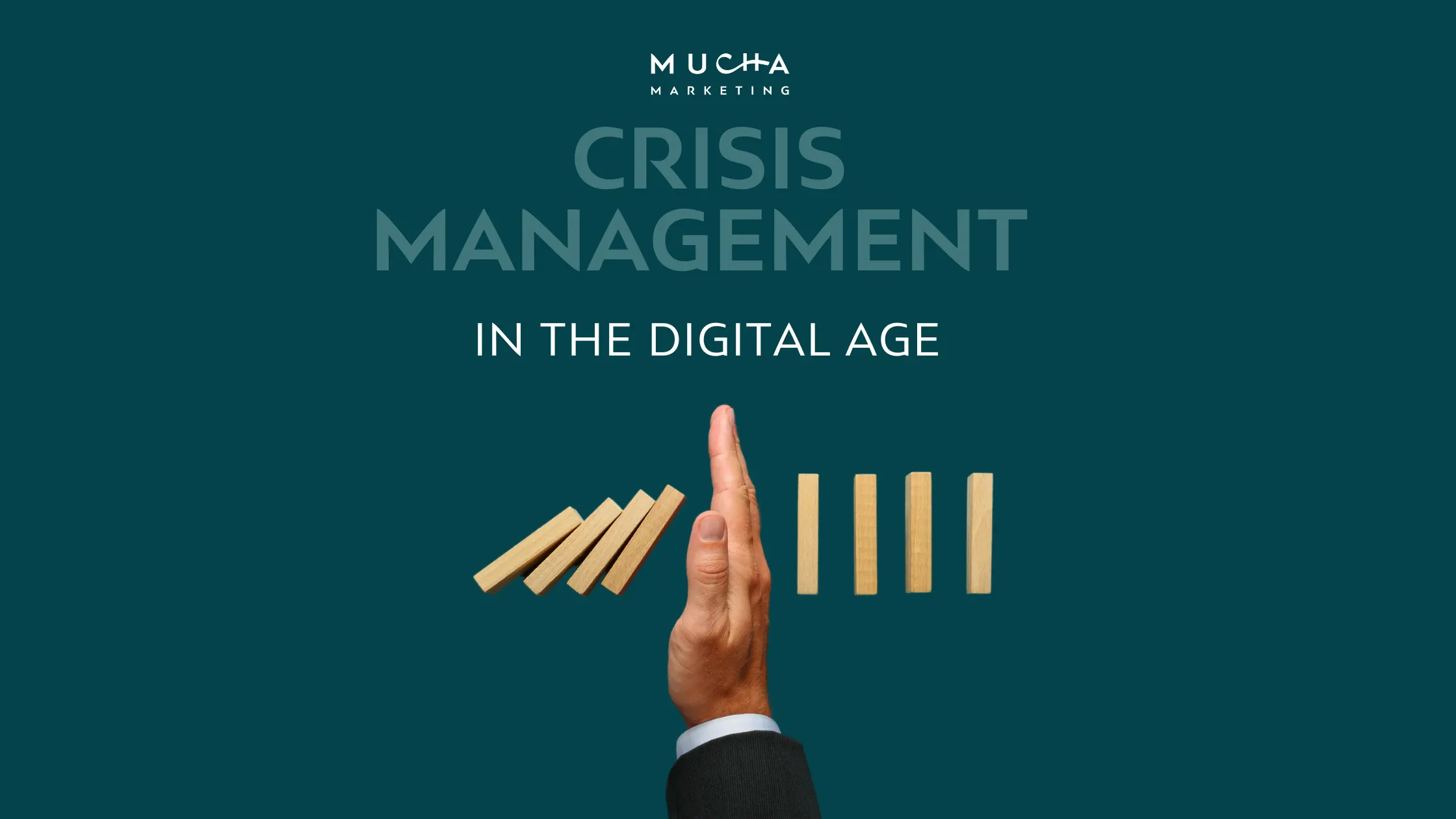
In the modern, globally linked world where knowledge travels quickly, crisis management has emerged as a crucial competency for companies of all kinds. Companies must have strong plans in place to preserve their digital reputation since the digital era has brought previously unheard-of obstacles to brand protection. We’ll examine the nuances of crisis management in the digital sphere in this extensive tutorial, along with offering practical advice on how to successfully safeguard your brand’s image.
Understanding the Digital Crisis Landscape
Prior to diving into crisis management techniques, it is critical to comprehend the particular difficulties that the digital era presents. The way information is shared and consumed has been drastically altered by the internet and social media, which presents possibilities as well as threats for organizations.
The Speed of Information
News spreads more quickly than it ever has in the digital age. Within minutes, a single tweet, blog post, or online review has the potential to become viral and reach millions of people worldwide. Due to the speedy dissemination of information, brand crises can intensify quickly, giving businesses little time to respond.
The Power of Social Media
Social media platforms have developed into effective tools that allow users to share their experiences and express their thoughts. When public opinion is favorable, this may work in favor of brands; but, it can also magnify unfavorable experiences and criticism, which might result in a major catastrophe.
The Permanence of Digital Footprints
Online material tends to stick around longer than conventional media does. Digital evidence of a crisis can linger for years even after it has been addressed, which might have an effect on a brand’s reputation years after the original occurrence.
Key Components of Digital Crisis Management
To effectively manage crises in the digital age, we must focus on several critical components:
1. Proactive Monitoring
Effective crisis management starts with proactive monitoring. You can see possible problems before they become serious ones by monitoring mentions of your business on a variety of digital channels.
- Implement social listening tools to track brand mentions and sentiment across social media platforms.
- Set up Google Alerts for your brand name and related keywords.
- Regularly monitor review sites and forums relevant to your industry.
2. Rapid Response Protocols
When a catastrophe does arise, seconds count. Having established rapid reaction processes guarantees that your team can take decisive action quickly.
- Develop a crisis communication plan that outlines roles, responsibilities, and communication channels.
- Create pre-approved message templates for common crisis scenarios to expedite response times.
- Establish a dedicated crisis management team with clear lines of authority and decision-making power.
3. Transparent Communication
Transparency is essential in the digital age to preserve confidence in times of crisis. Communicate honestly and transparently with stakeholders.
- Acknowledge the issue promptly and take responsibility where appropriate.
- Provide regular updates on the situation and your efforts to resolve it.
- Use multiple communication channels to ensure your message reaches all relevant audiences.
4. Engagement and Dialogue
During a crisis, have a productive conversation with your audience rather than taking a defensive posture.
- Respond to comments and messages in a timely and empathetic manner.
- Use social media platforms to address concerns and provide updates directly to your audience.
- Consider hosting live Q&A sessions or webinars to address the crisis transparently.
5. Content Strategy and SEO
It’s critical to control your brand’s online narrative through search engine optimization (SEO) and smart content development both during and after a crisis.
- Create high-quality, optimized content that addresses the crisis and showcases your brand’s efforts to resolve the issue.
- Leverage owned media channels such as your company blog and social media profiles to share your perspective.
- Implement technical SEO strategies to ensure your crisis response content ranks well in search results.
Preventing Digital Crises
Although proficient crisis management is essential, it is always preferable to avoid than to cure. The following tactics can be used to assist avert digital crises:
Build a Strong Online Presence
Cultivate a robust and positive online presence that can withstand potential crises.
- Regularly publish high-quality content that showcases your brand’s values and expertise.
- Engage with your audience consistently across various digital platforms.
- Encourage satisfied customers to leave positive reviews on relevant platforms.
Develop Strong Relationships with Stakeholders
Having solid ties with important stakeholders can act as a safety net in emergency situations.
- Maintain open lines of communication with customers, employees, and partners.
- Engage in corporate social responsibility (CSR) initiatives to build goodwill within your community.
- Cultivate relationships with industry influencers and thought leaders who can act as brand advocates.
Conduct Regular Risk Assessments
Proactively identify potential risks to your brand’s digital reputation.
- To find any weaknesses, do routine social media audits.
- To be ready for any kind of catastrophe, practice scenario preparation.
- Keep up with market developments and possible problems that can impact your brand.
Case Studies: Gaining Knowledge from Successful and Failed Digital Crisis Management Efforts
Examining real-world crisis management scenarios may provide crucial advice for preserving your own business’s image.
Success Story: Airbnb’s Response to Discrimination Claims
When Airbnb faced allegations of racial discrimination on its platform, the company took swift and decisive action:
- Publicly acknowledged the issue and committed to addressing it.
- Implemented new anti-discrimination policies and tools.
- Launched a comprehensive review of its platform and practices.
- Engaged in ongoing dialogue with affected communities and stakeholders.
By adopting these actions, Airbnb was able to transform a possible catastrophe into a chance to uphold its core principles and enhance its offerings.
Cautionary Tale: United Airlines’ Passenger Removal Incident
However, the risks associated with insufficient crisis management are highlighted by United Airlines’ prompt response to a video that went viral and showed a passenger being ejected from an overbooked aircraft:
- Initially downplayed the severity of the incident.
- Issued a series of inconsistent and tone-deaf statements.
- Failed to take full responsibility promptly.
The airline’s reputation suffered greatly as a result, and its stock value plummeted.
Conclusion
Crisis management and brand protection are more important and difficult than ever in the digital era. Businesses may effectively handle possible crises and safeguard their digital image by putting proactive monitoring measures into place, creating fast reaction processes, and encouraging honest communication.
Recall that managing crises is a continuous process that calls for continued attention to detail and flexibility. You can create a brand that is robust and resilient enough to withstand any digital storm by anticipating problems before they arise and upholding a good, powerful online presence.
Putting money into effective crisis management techniques is not just about reducing risks; it’s also about creating a more dependable, stronger brand that can survive in the digital sphere. Adhering to these guidelines and consistently improving your strategy will help you guarantee that your brand is safeguarded.




